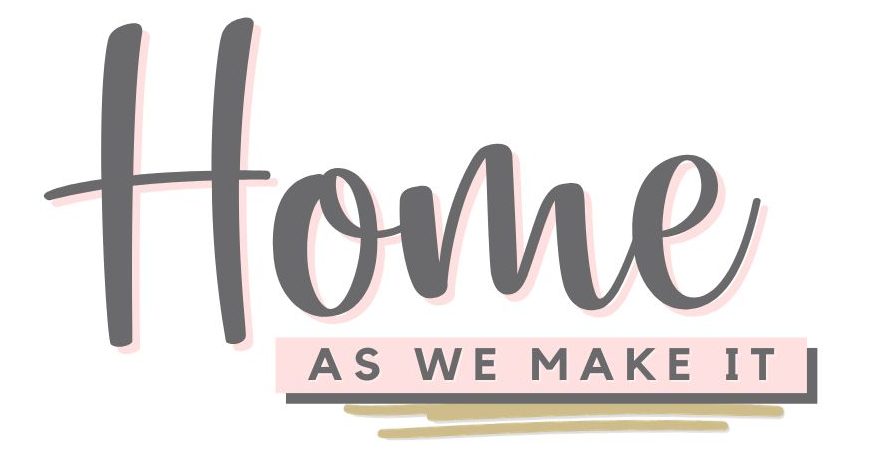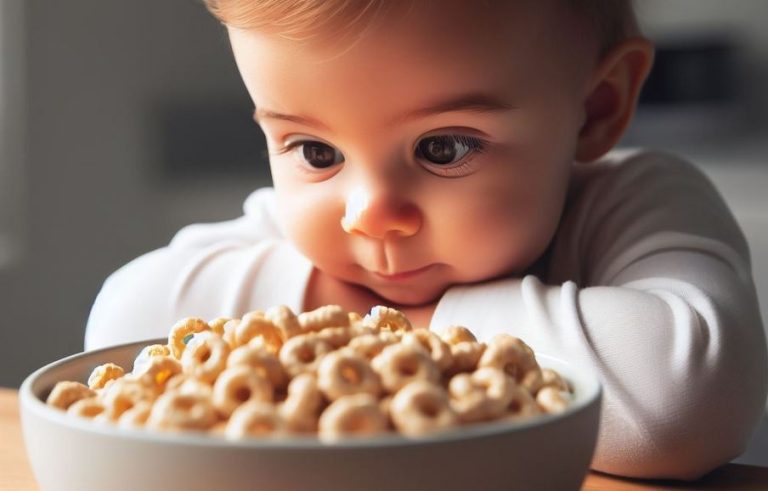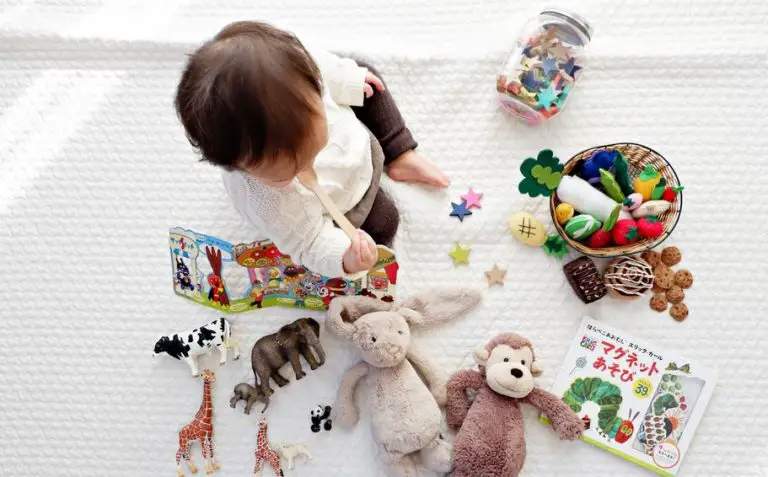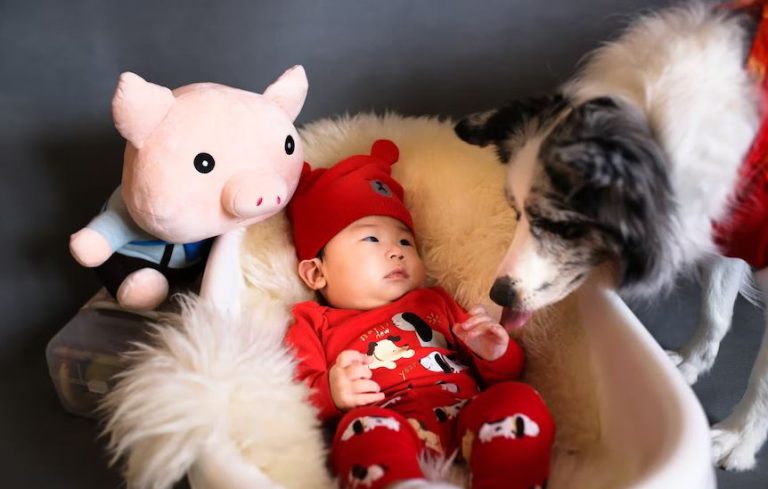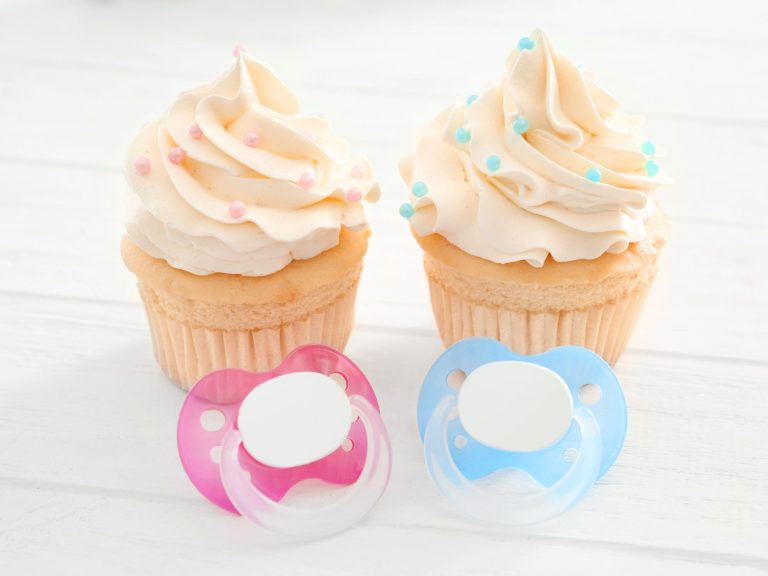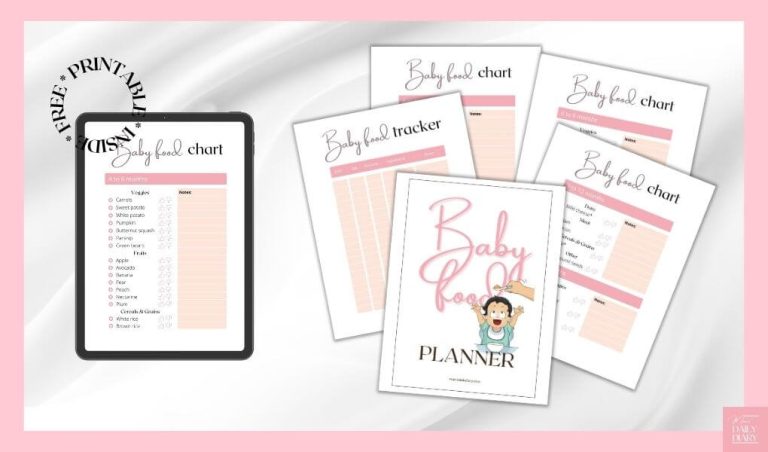Exploring The World: Encouraging Sensory Development In Newborns
As a new parent, you want to do everything in your power to ensure that your baby develops into a healthy and happy individual.
One important aspect of development is sensory development, which includes the ability to use all five senses: sight, hearing, touch, taste, and smell. By encouraging sensory development in your newborn, you help them explore their world and develop crucial connections in their brain.
Note: This post may contain affiliate links, which means if you buy from my link I might make a small commission. This does not affect the price you pay. See the full affiliate disclosure here.
Sensory development begins at birth and continues throughout childhood. In fact, the first few months of life are critical for laying the foundation for later learning and development.
By providing opportunities for your baby to experience different sounds, textures, tastes, smells, and sights early on in life, you can help them learn about the world around them and build important neural pathways in their developing brain.
So how can you encourage sensory development in your little one? Read on for some tips!

Why Sensory Development is Important for Newborns
Feeding your baby, holding them, and responding to their cries all play a crucial role in shaping their early experiences. But did you know that sensory development is just as important for your newborn?
In fact, the importance of sensory development in early childhood cannot be overstated. Sensory development helps babies make sense of the world around them. It allows them to understand their surroundings and interact with it in meaningful ways.
When babies are born, they have a limited ability to process information from their senses. However, through exposure to different stimuli such as touch, sound, sight, and smell, they gradually develop the ability to perceive and interpret these sensations.
On the other hand, sensory deprivation can have a negative impact on newborns by hindering their overall growth and development. Therefore, it’s important to encourage sensory exploration in your newborn from an early age so that they can thrive both physically and mentally.
The Different Stages of Sensory Development
As a parent, you may be curious about the different stages of sensory development your newborn will go through.
From birth to 3 months, your baby will rely heavily on their sense of touch and taste as they explore their environment.
During the 4 to 6 month stage, they’ll begin to develop hand-eye coordination and show interest in objects around them.
By 7 to 9 months, they’ll start crawling and become more aware of their surroundings, while the final stage from 10 to 12 months focuses on walking and fine motor skills.
Understanding these stages can help you provide appropriate stimuli for your child’s sensory development.
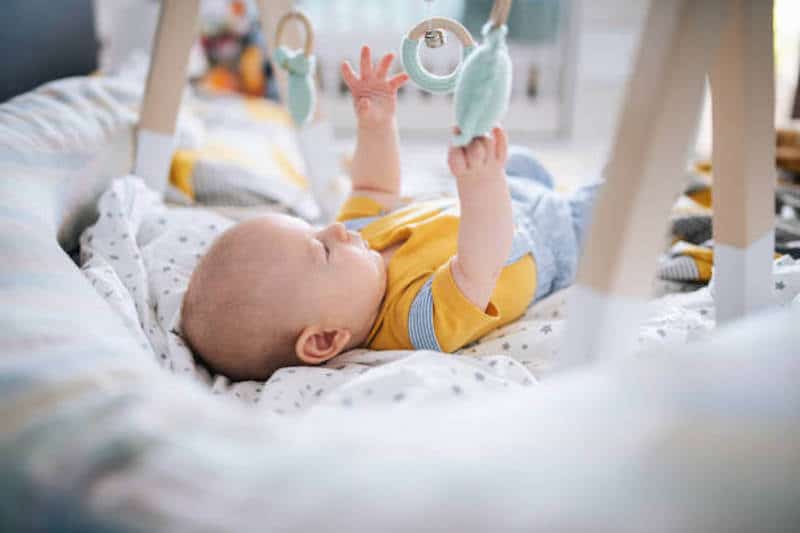
Birth to 3 Months
You’ll notice that your little one is becoming more alert and responsive as they take in the sights, sounds, and textures of their surroundings during these first few months. From birth to three months old, babies are learning about the world through their senses at an incredibly rapid pace.
Here are a few things to keep in mind as you encourage your baby’s sensory development during this time:
- Newborn sensory preferences: During the first few weeks of life, babies are most responsive to high-contrast black and white patterns, as well as bold colors like red and yellow. They also prefer soft textures over rough or scratchy ones.
- Sensory toys for infants: Simple toys like rattles, soft stuffed animals with different textures, and mobiles with contrasting colors can help stimulate your baby’s developing senses. You can also try playing peek-a-boo or singing nursery rhymes to engage both their visual and auditory senses.
- Tummy time: Spending time on their tummy helps babies develop their neck muscles and improves coordination. It also gives them a chance to explore different textures with their hands and mouth.
Encouraging sensory development in newborns can be a fun way to bond with your little one while helping them learn about the world around them.
By providing stimulating toys and activities that engage multiple senses, you’re helping lay the foundation for future learning and growth. Remember to always supervise your baby during playtime, especially when they’re exploring new objects or textures.
4 to 6 Months
As your baby reaches the 6-month mark, they’ll begin to show more interest in exploring and interacting with their environment. It’s important at this stage to provide them with different types of stimulation that can help develop their sensory skills.
Sensory toys are a great way to engage your baby’s senses and promote cognitive development. Introducing soft toys with different textures, shapes, and colors can help stimulate your baby’s tactile and visual senses. You can also introduce toys that make sounds or have movable parts that encourage motor skill development.
As your baby becomes more mobile, it’s important to ensure their safety by providing a safe play area where they can explore new objects and surroundings without getting into harm’s way.
By providing stimulating environments and engaging sensory experiences for your little one, you’re setting them up for healthy growth and development in the years ahead.

7 to 9 Months
By now, your little one is starting to become more curious about their surroundings and will benefit from interactive toys that engage their senses. Sensory play is a great way to encourage your baby’s cognitive development and help them explore the world around them.
You can introduce different textures, sounds, and sights through sensory toys such as soft balls with different textures or musical rattles. Babywearing is another great way to engage your baby’s senses while keeping them close to you.
Being able to feel your warmth and hear your heartbeat can provide a sense of security for your little one. Additionally, wearing your baby in a carrier allows them to see the world from a new perspective and experience different sensations as they move with you.
As always, make sure to supervise any playtime activities and choose age-appropriate toys that are safe for your baby’s development.
- Provide opportunities for tactile exploration through sensory toys
- Offer musical stimulation with rattles or other sound-making toys
- Use textured objects like soft balls or fabric squares
- Try out babywearing in order to promote bonding while exploring the world together
10 to 12 Months
Let’s dive into the next stage of your baby’s growth – from 10 to 12 months old! You’ll notice that your little one is becoming more mobile and curious about the world around them.
Outdoor exploration is a great way to encourage their sensory development during this time. Take them for walks in nature, let them feel different textures like grass and sand, and introduce them to new sights and sounds.
Water play is also an exciting activity for babies at this age. You can fill up a small pool or tub with water and let your baby splash around while supervised. This will help them develop hand-eye coordination, as well as their sense of touch and proprioception (awareness of their own body movements). Just be sure to keep safety in mind, never leaving your baby unattended near water.
By providing these opportunities for outdoor exploration and water play, you’re helping your baby develop important skills while also having fun together!
Types of Activities to Encourage Sensory Development
Discover fun ways to engage your little one’s senses and enhance their early experiences. Sensory play and sensory toys can help babies develop their cognitive, motor, and language skills. Here are some activities you can try with your newborn:
- Tummy time: Place your baby on their tummy for a few minutes every day. This helps them develop their neck, shoulder, and arm muscles while also encouraging visual exploration.
- Singing and rhyming: Babies love hearing their parents’ voices and can recognize familiar sounds early on. Singing songs or reciting rhymes helps them develop their language skills.
- Texture exploration: Offer your baby different textures to touch such as soft blankets or rough fabrics. This helps them understand the world around them through touch.
- Water play: Fill a small tub with warm water (not too hot!) and let your baby splash around with cups, spoons, or floating toys. This activity encourages hand-eye coordination and develops motor skills.
Remember that every baby is unique and may have different preferences when it comes to sensory play. Keep experimenting until you find what works best for your little one!
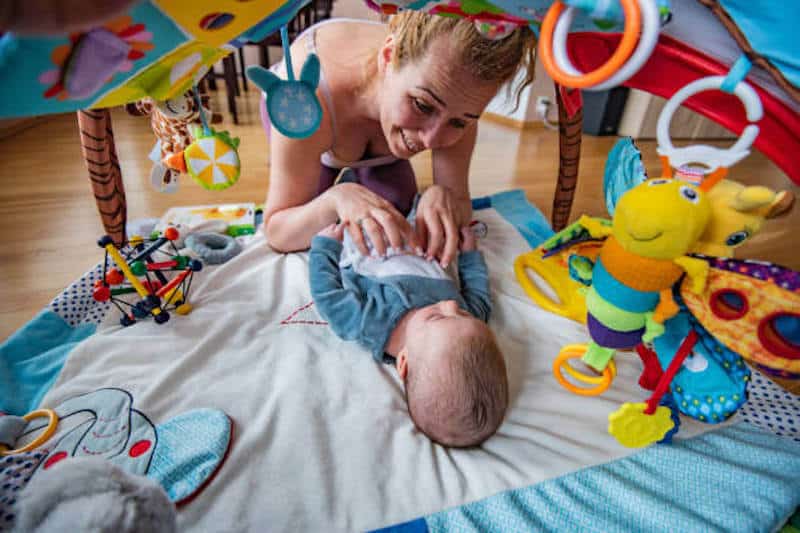
Creating a Sensory-Rich Environment
You can create a world of sensory wonder for your little one by incorporating different textures, colors, and sounds into their environment. Sensory play is essential in helping newborns develop their senses, and it’s important to provide them with opportunities to explore the world around them.
One way to do this is by setting up a sensory-rich environment at home. Sensory toys such as textured balls, rattles, and soft toys can be used to stimulate your baby’s sense of touch. You can also create DIY sensory items like a treasure basket filled with natural objects such as pine cones or seashells that they can safely explore with their hands and mouth.
In addition to tactile stimulation, incorporating bright colors and contrasting patterns into your baby’s surroundings can help develop their visual perception. Lastly, playing calming music or white noise in the background during playtime can help soothe your little one while also stimulating their auditory senses.
With these simple additions, you can create an engaging atmosphere that encourages sensory exploration and development for your newborn.
Tips for Supporting Your Baby’s Sensory Development
Now that you’ve created a sensory-rich environment for your newborn, it’s time to take the next step towards supporting their sensory development.
There are various tips and tricks that you can implement to ensure that your baby is experiencing different sensations and stimuli.
One of the easiest ways to encourage sensory development is by using baby products specifically designed for this purpose. Products such as play mats, mobiles, and toys with different textures, sounds, and colors can all help stimulate your baby’s senses.
Additionally, introducing sensory play at an early age can be extremely beneficial in promoting cognitive development. Activities like finger painting, water play, and playing with different textured materials can all provide new experiences for your little one.
By incorporating these types of activities into your daily routine, you’re helping your baby learn about the world around them while also having fun!
Conclusion
Engaging your baby’s senses through various activities and creating a sensory-rich environment, you can support their cognitive, physical, and emotional growth.
Remember to start with simple activities that match your baby’s developmental stage, gradually increasing the complexity as they grow. Use different textures, colors, sounds, and smells to stimulate their senses and promote exploration.
As your baby becomes more mobile, encourage them to move around freely and discover new things.
Finally, take care to observe your baby’s reactions and adjust activities accordingly. Every child is unique in their needs and preferences for sensory stimulation.
By following these tips and being attentive to your baby’s cues, you can help them develop a strong foundation for lifelong learning and success.
